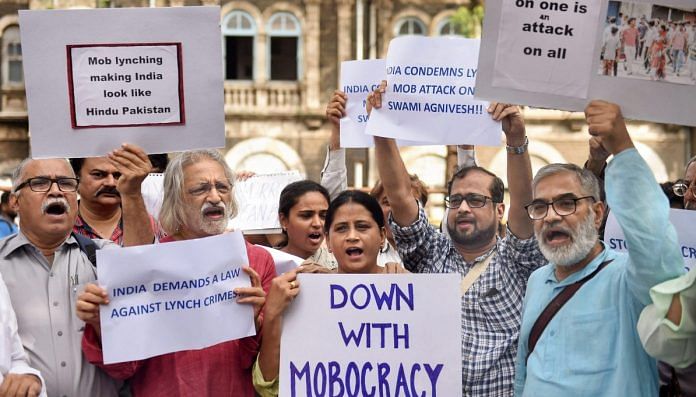New Delhi: The Union Ministry of Home Affairs (MHA) has initiated a first-of-its-kind pan-India crime victimisation survey, aimed at tackling the perception that a large number of crimes in India still go unreported and that most in the country are not satisfied with the overall standards of policing.
The survey, to be on the lines of the National Sample Survey framework, will cover a sample size of 1.2 lakh households spread across 173 districts in the country.
The survey will be conducted by the National Council of Applied Economic Research (NCAER), an independent economic policy research institute, and is aimed at helping the government gauge the citizens’ perception towards the police and the exact position of crime reporting and recording across the country.
The exercise will be overseen by the Bureau of Police Research and Development (BPR&D) under the MHA and will be completed in nine months.
Also read: Assam Accord panel chairperson writes to MHA, says committee is ‘defunct’
‘Survey will help the government formulate appropriate response’
In a recent communication to all states on this matter, Home Secretary Rajiv Gauba explained that the survey will help the government address shortfalls in policing.
“This could be helpful in devising appropriate responses to the needs and expectations of the people with regard to policing and enhance their level of satisfaction,” the communication stated.
According to reports, the Delhi Police has commissioned such a survey, through the Quality Council of India, after the MHA had last year asked it to ascertain the response time and quality of policing, using a sample size of 2,000 households and 30,000 contacts.
In his letter, Gauba has asked the other states to carry out a similar survey through independent agencies. He added that the true outcome or impact of the government’s initiatives can be analysed only by a “holistic analysis” of the services rendered to the public through crime victimisation surveys conducted by professional and independent agencies.
The survey could include several factors such as citizens’ perceptions and experience on the safety of women and children, ease in reporting crimes, speed of police response, transparency and intimation to the complainant about the various stages of investigation, courtesy in dealing with the public and services rendered to senior citizens and other vulnerable groups.






